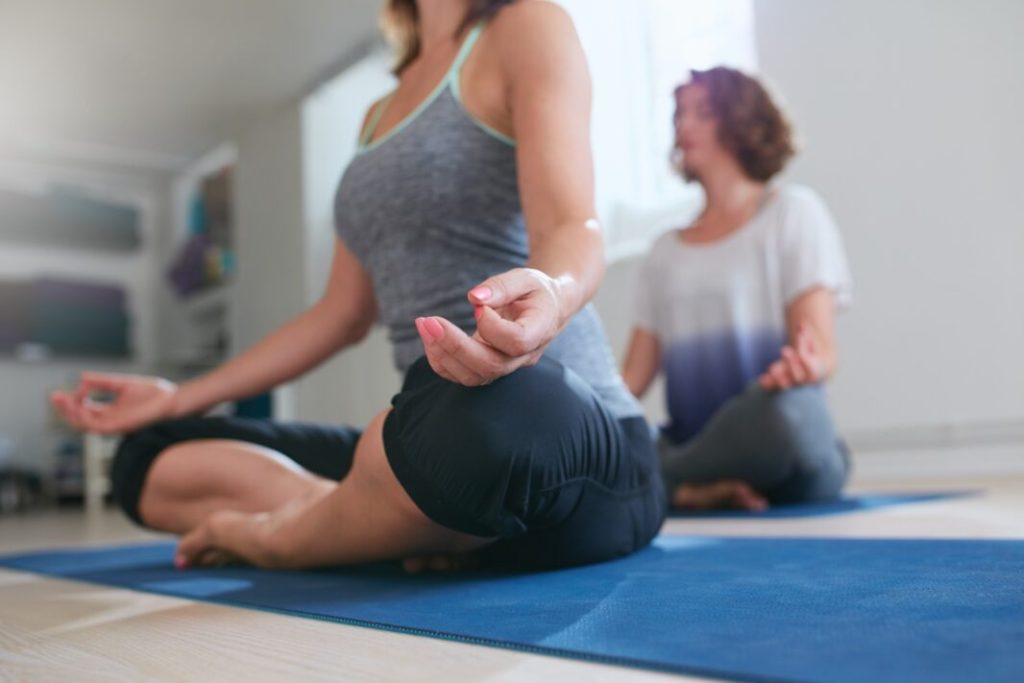Introduction
Knee osteoarthritis (OA) is a widespread condition that affects millions globally, leading to pain, stiffness, and limited movement. These symptoms can make everyday tasks like walking or climbing stairs difficult. Early and accurate diagnosis is critical because timely intervention can help slow the disease’s progression and significantly improve quality of life. However, traditional diagnostic methods often miss OA in its earliest stages, delaying much-needed treatment. In this article, we’ll explore how combining traditional and innovative approaches—a “multi-modal” strategy—can help doctors detect OA sooner and more reliably. We’ll explain what knee OA is, review standard diagnostic practices, showcase recent technological advances, emphasize the continued importance of clinical judgment, and look ahead to what the future holds.
What Is Knee Osteoarthritis and How Is It Diagnosed?
Knee osteoarthritis occurs when the cartilage—the smooth tissue that cushions your knee joint—gradually breaks down. Without this protective layer, bones rub together, causing pain, swelling, and even changes in the bone itself. While OA mainly affects older adults, it can also strike younger individuals, limiting their day-to-day activities.
Doctors typically diagnose knee OA through a combination of symptom review, medical history, a physical exam, and imaging tests like X-rays or MRIs. Sometimes, laboratory tests or biomarkers are also considered. However, there are limits to these methods. For instance, X-rays only reveal bone changes once significant cartilage loss has occurred, often missing early damage. Blood and urine tests may help rule out other joint diseases rather than pinpoint OA specifically. While patients may suspect OA—sometimes even self-diagnosing or seeking symptom relief devices like TENS machines—a proper diagnosis hinges on thorough clinical assessment and the exclusion of other causes.
What Is a Multi-Modal Diagnostic Approach?
Advanced Imaging Technologies
Recent innovations in imaging technology have transformed how we assess joints . High-resolution MRIs and advanced ultrasound can capture subtle changes in cartilage , detect inflammation, and reveal early bone alterations that ordinary X-rays often miss. Think of it as upgrading from a blurry snapshot to a crystal-clear photograph—these techniques offer a much richer view inside the knee .
Deep learning technologies have further improved diagnostic accuracy from MRI data. State-of-the-art neural networks can identify patterns in T2 MRI scans that are invisible to the naked eye, helping doctors spot OA earlier and with far greater precision.
Biomarkers and Laboratory Tests
Researchers have been investigating biological markers—such as proteins or enzymes found in blood, joint fluid , or urine—that reflect joint damage or inflammation. Tracking these biomarkers can provide a less invasive way to detect disease activity and monitor its progression over time. However, while blood work is useful for ruling out other joint conditions ( like rheumatoid arthritis ), no specific blood test can currently confirm OA. Comprehensive lab evaluation remains vital for an accurate diagnosis, especially since OA’s symptoms often overlap with other conditions.
Combining Clinical Assessment with Technology
While technology offers powerful new tools, a doctor’s careful assessment of symptoms and physical findings remains the cornerstone of diagnosis . The strength of a multi-modal approach lies in merging clinical judgment with data from advanced imaging and biomarkers. When these elements come together, they create a well-rounded, detailed understanding of each patient’s unique condition. Research consistently shows that this combined approach leads to earlier detection and allows for more personalized, effective treatment plans.
Why Clinical Judgment Remains Essential and What the Future Holds
Despite these technological breakthroughs, the expertise of healthcare professionals continues to be irreplaceable. Doctors synthesize information from tests, imaging, and personal history to arrive at a diagnosis that fits the patient as a whole, not just as a set of numbers or pictures.
Looking to the future, artificial intelligence (AI) and machine learning promise to make sense of complex diagnostic data faster than ever before. These tools can analyze thousands of scans or lab results in ways that aren’t possible for the human eye alone, spotting hidden patterns that may help diagnose OA even earlier. Current AI models are showing impressive accuracy, sensitivity, and specificity, marking a leap forward from traditional analysis. Still, more research and validation are needed before these tools are standard in clinics. Ultimately, the best outcomes will come from blending trusted clinical expertise with advanced technology, backed by ongoing professional education and teamwork.
Conclusion
A multi-modal approach is shaping up to be a game-changer in diagnosing knee osteoarthritis . By combining the strengths of advanced imaging, biomarker analysis, and thorough clinical evaluation, doctors can identify OA earlier and tailor treatments to each individual’s needs. Continued research and collaboration between scientists and healthcare providers will ensure these technologies become accessible in everyday practice. As these diagnostic methods improve, people with knee OA have a better chance of staying active, comfortable, and maintaining their quality of life.
References
Lane, N. E., & Wallace, D. J. (2002). How Is Osteoarthritis Diagnosed? In (pp. 47-52). Oxford University PressNew York, NY. https://doi.org/10.1093/oso/9780195138733.003.0009
Pedoia, V., Lee, J., Norman, B., Link, T. M., & Majumdar, S. (2019). Diagnosing osteoarthritis from T2 maps using deep learning: an analysis of the entire Osteoarthritis Initiative baseline cohort. Osteoarthritis and Cartilage, 27(7), 1002-1010. https://doi.org/10.1016/j.joca.2019.02.800
Machin, A. (2015). A self-diagnosed case of osteoarthritis. InnovAiT: Education and inspiration for general practice, 9(9), 571-572. https://doi.org/10.1177/1755738015602276




